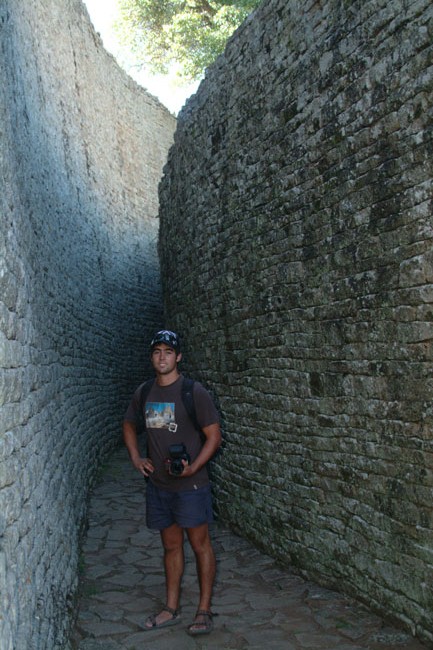The Great Zimbabwe RuinsThe largest ancient structure South of the Sahara and second only to the Pyramids of Egypt in size and grandeur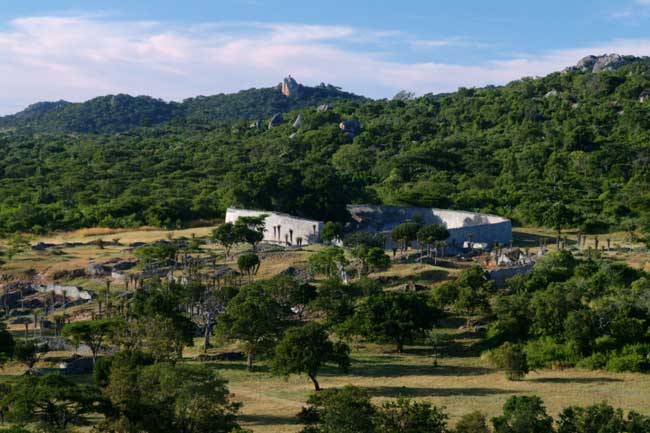
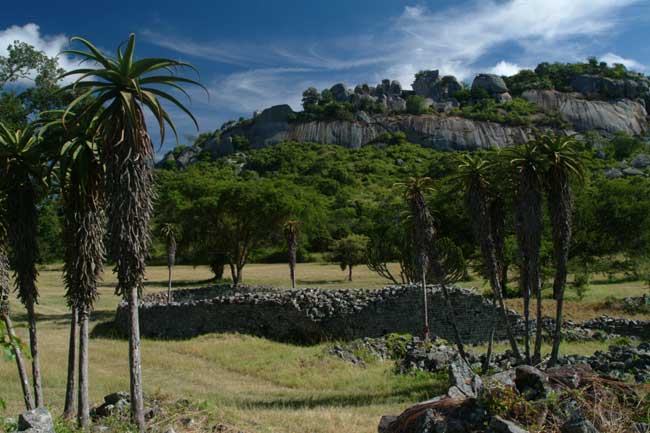
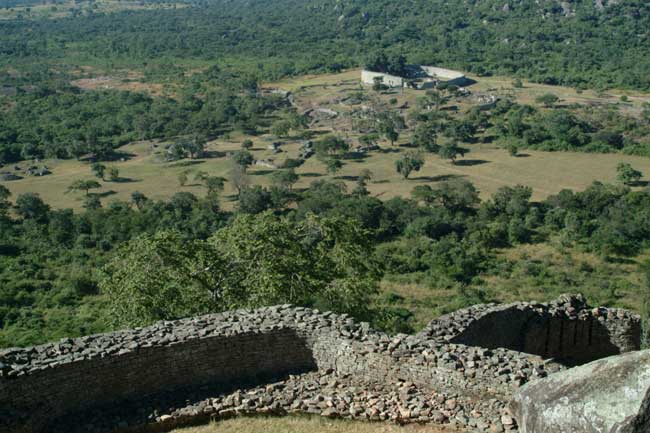

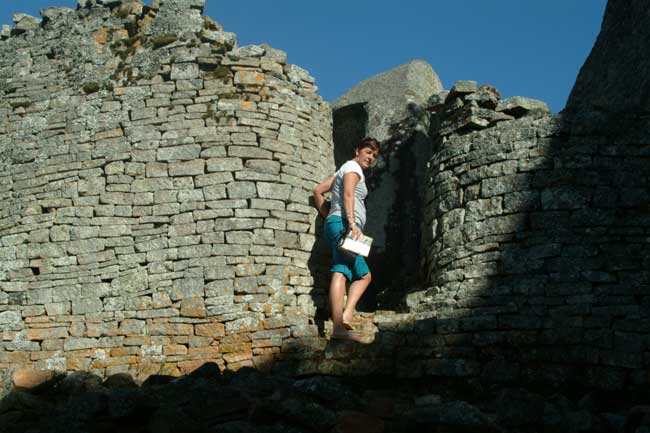
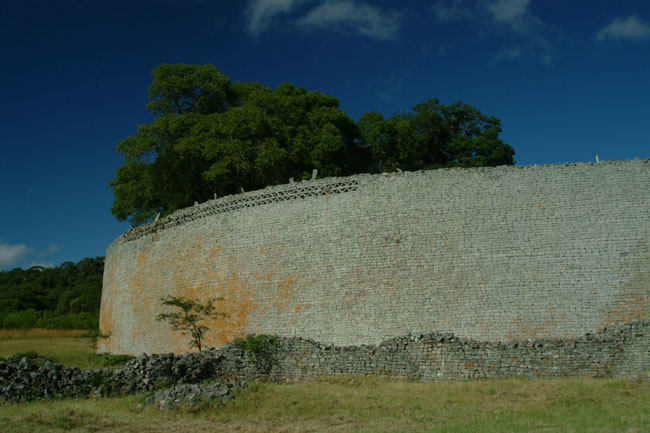
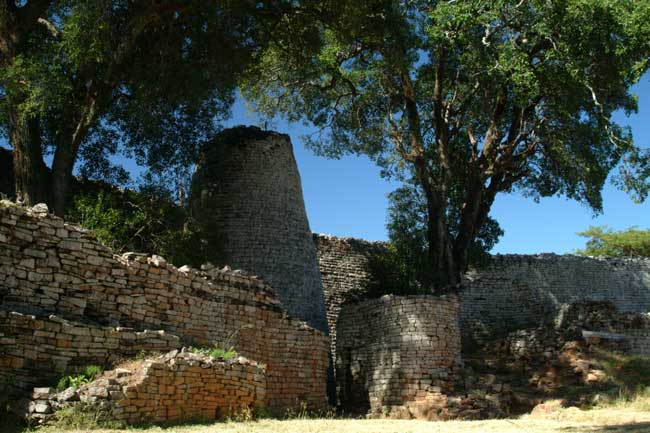
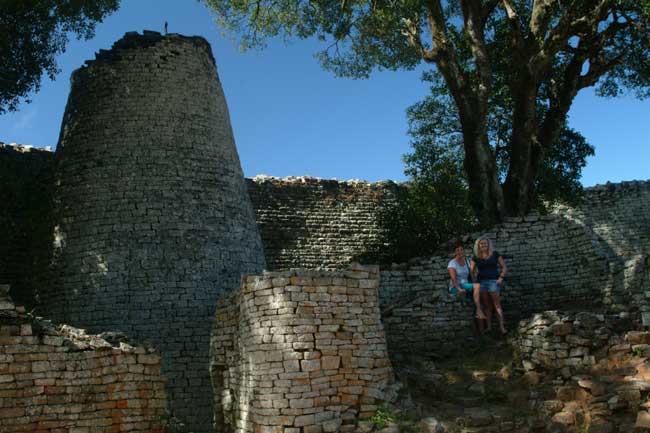
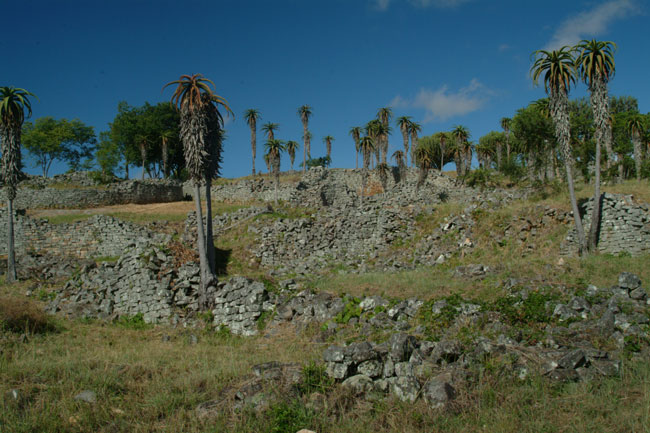
IntroductionBefore delving into the nitty gritty facts of Great Zimbabwe, I just wanted to express my absolute awe of this imposing settlement. For anyone interested or stirred by the history of early civilisations, I can’t recommend highly enough a visit to this historical site. Take a guided tour (+/-2.5hrs) by one of the onsite experts as they lead you around these great ruins showing you where the kings sat and watched over the people, where they held their religious rituals and ceremonies, where they found the famous soapstone Zimbabwe birds and even a cave that they sat in on the hill complex and when they shouted the sound echoed across the valley floor summoning for the kings wives to come to him. Truly remarkable. The early civilisation was a town of imposing stone buildings, built and extended over many generations. At its peak it was the largest settlement in southern Africa, up to 20 000 people. The site, which has been proclaimed a National Monument and a World Heritage Site, lies 27 km southeast of the modern town of Masvingo, and 7 km to the west of Lake Mutirikwe. Latitude 20 16’ 20” south, longitude 30 56’ 06” east. The stonewalled area of these Ancient Zimbabwe ruins can be divided into three major sectors: the Hill complex (where the King lived), the Great Enclosure (where the Kings first wife lived) and the Valley Enclosure (where all the other wives and villagers lived) Great Zimbabwe: The NameThe word Zimbabwe consists of two key root words, -mba- which means house; and -bwe, which means stone. The word therefore means "House of Stone". In conventional usage the word had a figurative meaning denoting a royal court even where no stone enclosure existed. Its variant pronunciation is Dzimbahwe, which also meant a place where kings or chiefs were buried, and carrying the same metaphor such places did not necessarily have any stone work. Historical BackgroundThe ancient Zimbabwe city was built and occupied between the 12th and 15th centuries. At the peak of its power and prosperity in the 13th and 14th centuries, the town was the largest settlement in southern Africa. The builders of Great Zimbabwe were the Karanga, from which descend the Shona, who constitute a majority of the population of Zimbabwe today. The town’s landscape was dominated by imposing dry stonewalls forming enclosures and in certain areas terraces and platforms. The stonewalls in some cases filled up gaps between boulders to form semi-natural enclosures. The entrances either had stone (dolerite) lintels or wooden (tambooti) crossbeams. Within these enclosures and on the terrace platforms numerous earthen (daka) houses were built. Outside the stonewalls were situated closely spaced houses of the ordinary townsfolk. The settlement complex covered at least 720 hectares The architecture of Great Zimbabwe reflected a complex socio-economic system. The monumental stonewalls were constructed to express wealth, power and pomp of those living within them, an elite population either closely related to or serving a powerful monarchy. In a society with a strong kinship ideology, the king also depended on his relatives for support. He extended alliances through multiple marriages, which include concubines. The social components of this ancient Zimbabwe community were not equal. Certainly those who lived inside enclosures possessed more social power then those who lived outside the walls. In size and grandeur, the stonewalls of the early Zimbabwe city are unparalleled. However there are well over 250 similar but smaller zimbabwes within Zimbabwe. A few more zimbabwes are found in neighbouring countries of Botswana, South Africa and Mozambique. Indeed, considering the wide geographical spread of the sites and time span on more than three centuries, this culture was a civilisation comparable to the Roman and Egyptian civilisations. Most zimbabwe sites occur on the Zimbabwe central plateau located between the Limpopo and Zambezi valleys. Two chronological phases have been isolated. The early phase, that of Great Zimbabwe itself, is characterized mainly by the freestanding enclosure walls. Radiocarbon tests made on material recovered from these sites yielded results comparable with dated imports such as Chinese celadon and glass beads found in excavations (AD 1100 +/- 40, AD 1260 +/- 45, AD1280 +/- 45) During the second phase from the 16th century, house were built on terraces and raised stones-reverted platforms as seen at sites like Khami near Bulawayo, and Danamombe and Natetale in the Midlands province.
The Fall of Great Zimbabwe, ca 1500No single factor can be pinpointed to account for the fall of the once so powerful state. Maybe the site simply grew too large for its environment. At the peak of its power and prosperity Great Zimbabwe is estimated to have had a population of about 20 000 inhabitants. The mere presence of so many people at one spot would have seriously affected the ability of the surrounding territory to supply crops, firewood, game, grazing and all the other resources necessary to sustain human and animal life. Environmental stress might have led to quarrels over grazing and hunting rights. After its collapse the centre of power shifted to the west (Khami State) and to the north (Mutapa state). By 1552 when the Portuguese made an apparent reference to Great Zimbabwe, it had been abandoned and was in ruins. Possibly three or four generations had passed since its collapse. From the 17th century the Nemamwa dynasty occupied the area around Great Zimbabwe and they became the traditional custodians of the site until the late 1820 when they were ousted by the Duma (Mugabe dynasty). To this day both groups are regarded as the traditional custodians of Great Zimbabwe.
|
|
||
|
|
|||
|
|
|||
|
| |||
